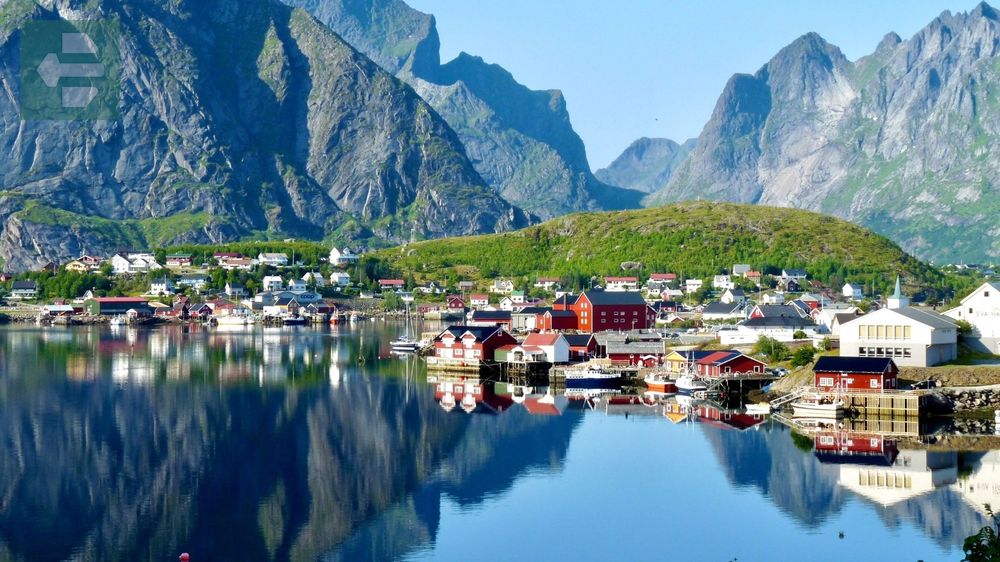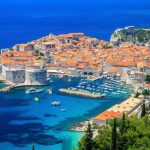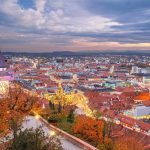Europe offers its finest weather and longest days in August, making it prime time for coastal escapes and mountain adventures. The best places to travel in Europe in August include Croatia's stunning Dubrovnik, Greece's pristine Paros and Kefalonia, Portugal's golden Algarve, and Italy's dramatic Amalfi Coast and Dolomites.
Keep reading as we uncover Europe's most captivating August destinations that promise perfect weather, fewer crowds than July, and unforgettable experiences.
List of Contents
- 1. Dubrovnik: The Pearl Awakens at Dawn
- 2. Paros: Greece's Hidden Gem Shines Brightest
- 3. Kefalonia: Untouched Beauty Meets Turquoise Waters
- 4. Rhodes: Where Ancient Meets Endless Summer
- 5. Algarve: Portugal's Golden Coast Perfected
- 6. Amalfi Coast: Vertical Villages Meet Azure Waters
- 7. Marbella: Sophisticated Spanish Seaside
- 8. Mallorca: Beyond the Beach Resort Reputation
- 9. Cies Islands: Spain's Caribbean in the Atlantic
- 10. Dolomites: Alpine Drama in Perfect Weather
- 11. Edinburgh: Festival City in Full Glory
- 12. Faroe Islands: Nordic Summer at Its Peak
- 13. Stavanger: Fjord Gateway and Urban Sophistication
- 14. Budapest: Thermal Capital of Europe
- Your August Adventure Awaits
1. Dubrovnik: The Pearl Awakens at Dawn
Dubrovnik's limestone walls glow golden in August's early morning light, before the cruise ships arrive and the crowds thicken. The medieval city reveals its true character at 6 AM when only locals populate the Stradun.
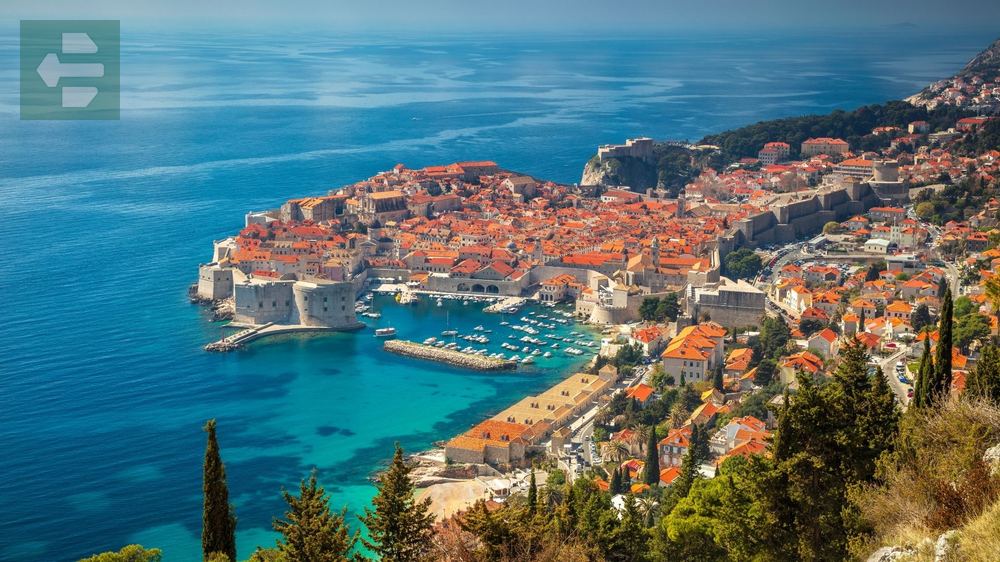
Walk the city walls clockwise—the morning light illuminates the Adriatic better from the western ramparts. The wall walk takes two hours, but start early. By 9 AM, the heat becomes intense and the walkways crowded.
Swimming at Banje Beach after your wall walk offers relief from the August heat. The water temperature reaches 24°C, perfect for long swims with views of Lokrum Island.
Quick Facts:
- Peak season: July-August
- Access: Fly to Dubrovnik Airport or drive via coastal highway
- Entry fee: City walls from €35
- Suggested stay: 3-4 days
- Key spots: City Walls, Stradun, Lokrum Island, Cable Car, Fort Lovrijenac
2. Paros: Greece's Hidden Gem Shines Brightest
Paros delivers authentic Greek island life without Mykonos crowds or Santorini prices. August brings steady meltemi winds that keep temperatures comfortable and make the beaches perfect for windsurfing at Golden Beach.
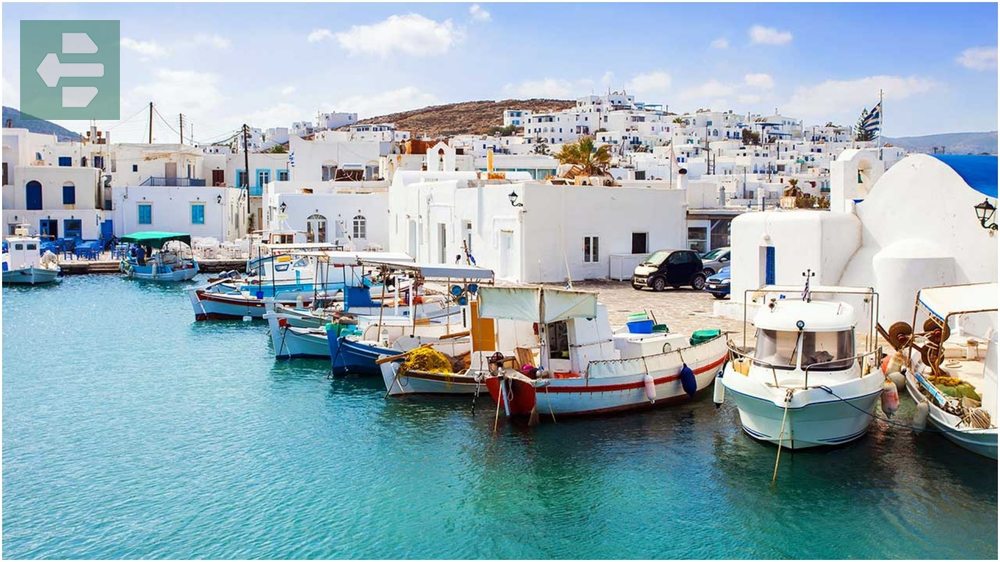
The fishing village of Naoussa transforms into evening magic. Arrive at sunset when octopus hangs drying outside tavernas and fishing boats return with the day's catch. The harbor's white and blue buildings reflect perfectly in calm waters.
Marble from Paros built the Venus de Milo and parts of Napoleon's tomb. Visit the ancient marble quarries at Marathi—the tunnels stay cool even in August heat.
Quick Facts:
- Peak season: July-August
- Access: Ferry from Athens (4 hours) or fly to Paros Airport
- Entry fee: Archaeological sites from €4
- Suggested stay: 4-5 days
- Key spots: Naoussa, Golden Beach, Parikia, Marble Quarries, Antiparos Island
3. Kefalonia: Untouched Beauty Meets Turquoise Waters
Kefalonia's Myrtos Beach consistently ranks among Europe's most beautiful. The view from the clifftop road takes your breath away—white pebbles contrast with impossibly blue water, framed by dramatic limestone cliffs.

August is perfect for exploring the island's beaches by boat. Rent a small motorboat in Fiscardo—no license required for boats under 30 horsepower. Navigate to hidden coves accessible only from the sea.
The island's Robola wine tastes different here than anywhere else. The high-altitude vineyards benefit from August's warm days and cool nights, creating crisp wines perfect for sunset sipping.
Quick Facts:
- Peak season: July-August
- Access: Fly to Kefalonia Airport or ferry from mainland Greece
- Entry fee: Most beaches free, boat rentals from €80/day
- Suggested stay: 5-7 days
- Key spots: Myrtos Beach, Melissani Cave, Fiscardo, Assos, Mount Ainos
4. Rhodes: Where Ancient Meets Endless Summer
Rhodes combines 3,000 years of history with 300 days of sunshine annually. August brings the year's most reliable weather—clear skies, calm seas, and temperatures that make exploring comfortable from dawn to dusk.
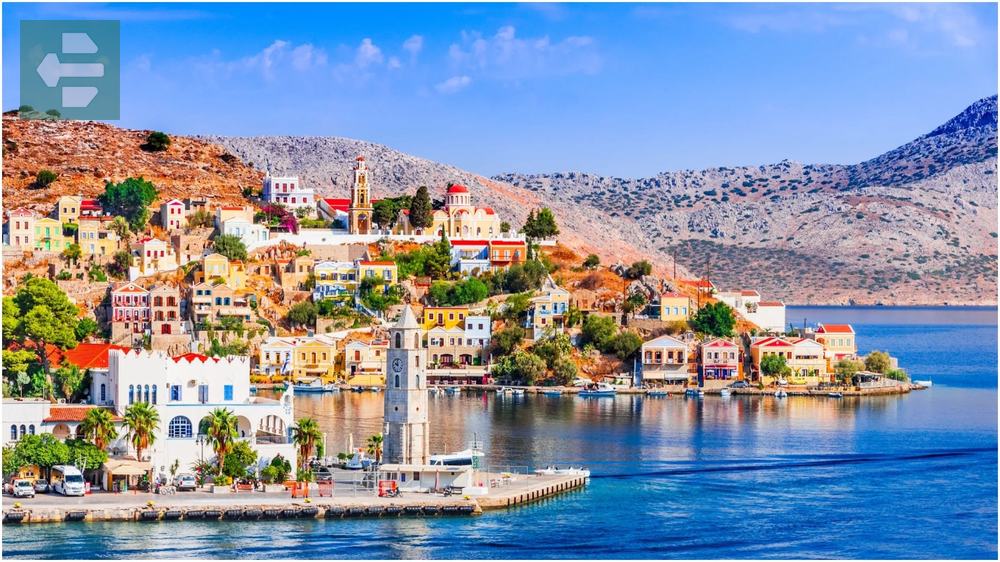
The medieval Old Town comes alive after 10 PM when temperatures drop and locals emerge. Street of the Knights feels like stepping through a time portal, especially when moonlight illuminates the cobblestones.
Skip the crowded beaches near Rhodes Town. Drive to Prasonisi where two seas meet—the Mediterranean and Aegean create different wave patterns on each side of the narrow strip connecting the peninsula.
Quick Facts:
- Peak season: June-September
- Access: Fly to Rhodes Airport or ferry from Athens
- Entry fee: Palace of Grand Masters €8, Old Town free
- Suggested stay: 4-6 days
- Key spots: Old Town, Palace of Grand Masters, Lindos Acropolis, Prasonisi, Anthony Quinn Bay
5. Algarve: Portugal's Golden Coast Perfected
The Algarve delivers Europe's most consistent August weather—28°C days, gentle Atlantic breezes, and water warm enough for evening swims. Lagos offers the region's most dramatic coastline with golden cliffs and hidden beaches.
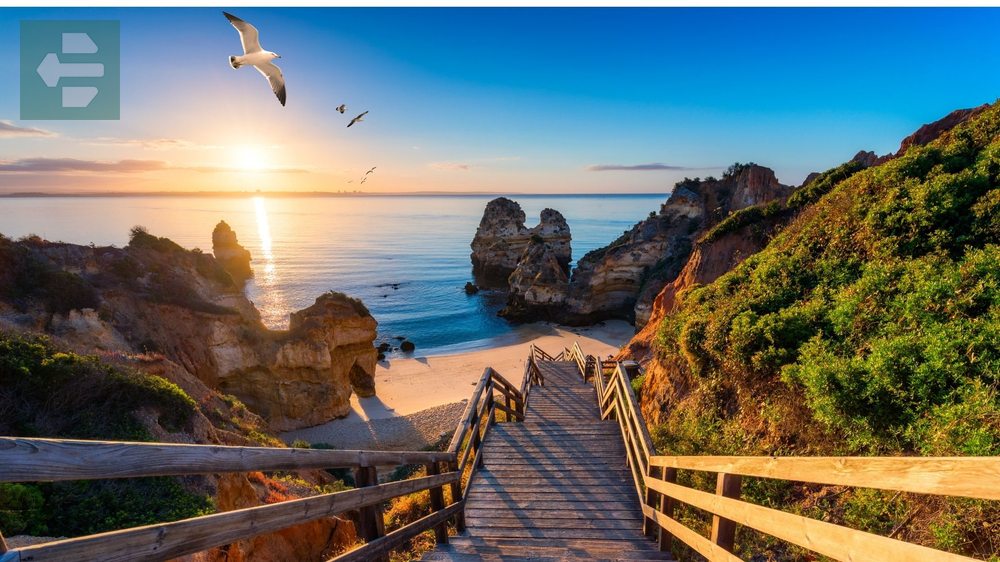
Ponta da Piedade reveals its secret at low tide when natural arches and caves become accessible by kayak. The morning light creates cathedral-like effects inside the limestone grottos.
I discovered the best seafood comes from the working port of Portimão, not the tourist restaurants of Lagos. Local fishermen sell the day's catch directly from their boats—language barriers disappear when pointing at fresh sardines and speaking the universal currency of appreciation.
Quick Facts:
- Peak season: July-August
- Access: Fly to Faro Airport, train/bus connections throughout region
- Entry fee: Beaches free, boat tours from €20
- Suggested stay: 5-7 days
- Key spots: Lagos, Sagres, Tavira, Benagil Cave, Ria Formosa, Cape St. Vincent
6. Amalfi Coast: Vertical Villages Meet Azure Waters
The Amalfi Coast clings to cliffsides like a beautiful accident of nature and human determination. August brings perfect swimming conditions and the summer festivals that make each village pulse with life.
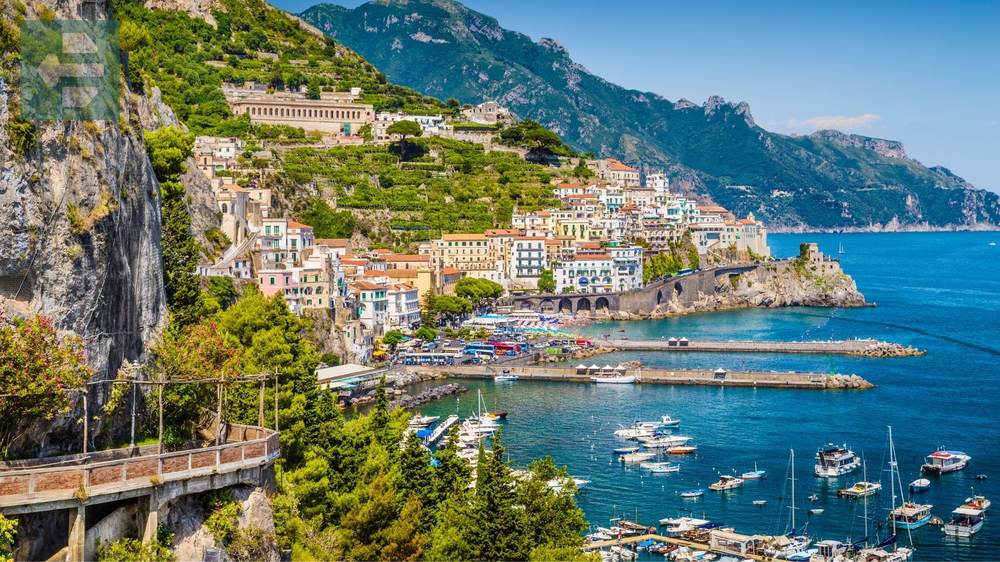
Drive the coastal road at sunrise—before tour buses and heat make the narrow curves treacherous. Stop at every viewpoint; each reveals different perspectives of villages cascading toward impossibly blue water.
Positano's beach clubs fill early, but locals know Fornillo Beach offers the same views with half the crowds. Walk the clifftop path from Positano—it takes 20 minutes and saves considerable money on beach club fees.
Quick Facts:
- Peak season: July-September
- Access: Train to Sorrento then bus/boat, or Naples Airport then drive
- Entry fee: Most beaches €15-30 for facilities
- Suggested stay: 4-5 days
- Key spots: Positano, Amalfi, Ravello, Capri day trip, Path of Gods hike
7. Marbella: Sophisticated Spanish Seaside
Marbella balances beach relaxation with cultural sophistication better than any resort on the Costa del Sol. August evenings bring the paseo tradition—locals stroll the old town as temperatures cool and restaurants set tables in ancient plazas.
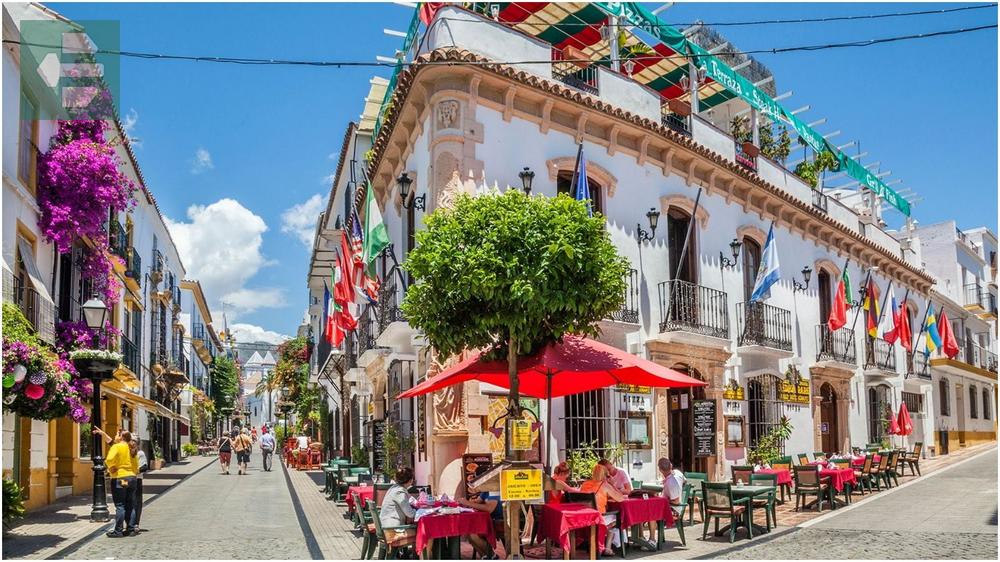
The old quarter preserves authentic Andalusian charm despite surrounding development. Orange trees line narrow streets where Moorish architecture survives alongside designer boutiques.
Puerto Banús attracts headlines, but locals prefer the beaches east of town toward Cabopino. The sand feels finer, the water cleaner, and parking doesn't require a second mortgage.
Quick Facts:
- Peak season: July-August
- Access: Málaga Airport (45 minutes), direct flights from major European cities
- Entry fee: Beaches free, parking €2-5/hour in summer
- Suggested stay: 3-4 days
- Key spots: Old Town, Puerto Banús, Golden Mile, Cabopino Beach, Nueva Andalucía
8. Mallorca: Beyond the Beach Resort Reputation
Mallorca's interior mountains offer refuge from coastal crowds and August heat. The Tramuntana range provides hiking trails, medieval villages, and temperatures 10 degrees cooler than the beaches.
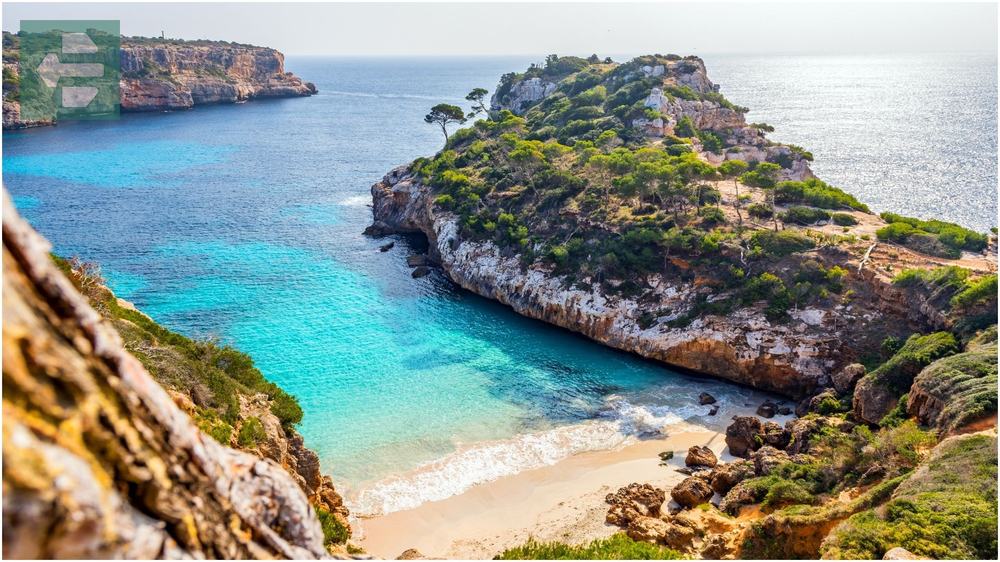
Valldemossa captivates visitors just as it enchanted Chopin and George Sand in 1838. The monastery where they spent winter maintains the same peaceful atmosphere, enhanced by August's golden light filtering through ancient stone.
Cala Mondragó demonstrates that pristine beaches still exist despite development elsewhere. Arrive early—the protected natural park limits daily visitors, and August spots disappear quickly.
Quick Facts:
- Peak season: July-August
- Access: Palma Airport, ferry connections to Barcelona and Valencia
- Entry fee: Most attractions €3-8, beaches free
- Suggested stay: 5-7 days
- Key spots: Palma Cathedral, Valldemossa, Sóller, Cala Mondragó, Cap de Formentor
9. Cies Islands: Spain's Caribbean in the Atlantic
The Cies Islands earn their nickname “Spanish Caribbean” through pristine white sand beaches and turquoise Atlantic waters. August brings perfect conditions for snorkeling in waters so clear you can see the sandy bottom at 15-meter depths.

Only 2,200 visitors per day are permitted, making advance reservations essential. The boat journey from Vigo takes 45 minutes and reveals Galicia's dramatic coastline.
Rodas Beach consistently ranks among the world's best. The crescent of white sand connects two islands, creating a natural lagoon protected from Atlantic swells. Swimming here feels like discovering paradise.
Quick Facts:
- Peak season: June-September (permit required)
- Access: Ferry from Vigo or Baiona (advance booking essential)
- Entry fee: Ferry €19 return, camping permits available
- Suggested stay: Day trip or 2-day camping
- Key spots: Rodas Beach, Monte Faro lighthouse, South Beach, hiking trails
10. Dolomites: Alpine Drama in Perfect Weather
August transforms the Dolomites into hiking paradise with wildflower meadows, snow-free peaks, and cable cars operating at full capacity. The limestone spires glow pink during alpenglow—the phenomenon occurs twice daily and never gets old.
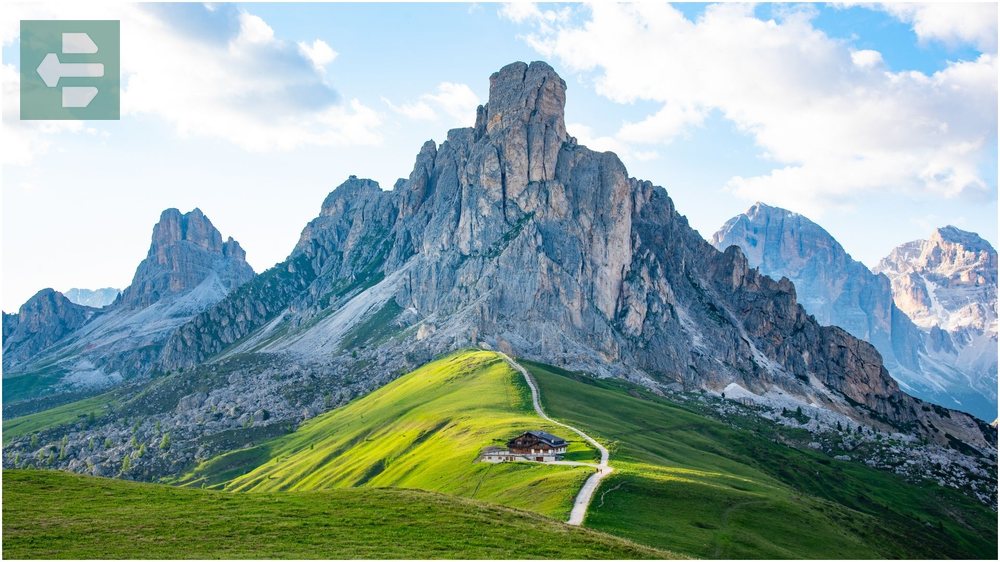
Alpe di Siusi offers Europe's largest alpine meadow with gentle trails suitable for all fitness levels. Early morning brings mist that lifts to reveal the Sassolungo massif in dramatic clarity.
Stay in a mountain hut rather than valley hotels. Refugio dining at 2,000 meters tastes better than any restaurant below—perhaps it's the thin air, but more likely the satisfaction of earning your meal through mountain hiking.
Quick Facts:
- Peak season: July-August
- Access: Fly to Venice/Munich then drive, or train to Bolzano
- Entry fee: Cable cars €15-25, hiking free
- Suggested stay: 4-7 days
- Key spots: Alpe di Siusi, Tre Cime di Lavaredo, Seceda, Val Gardena, Cortina d'Ampezzo
11. Edinburgh: Festival City in Full Glory
Edinburgh explodes with creativity during August when the International Festival and Fringe transform every venue into performance space. Street performers occupy corners, theaters run shows from morning until midnight, and the city pulses with artistic energy.
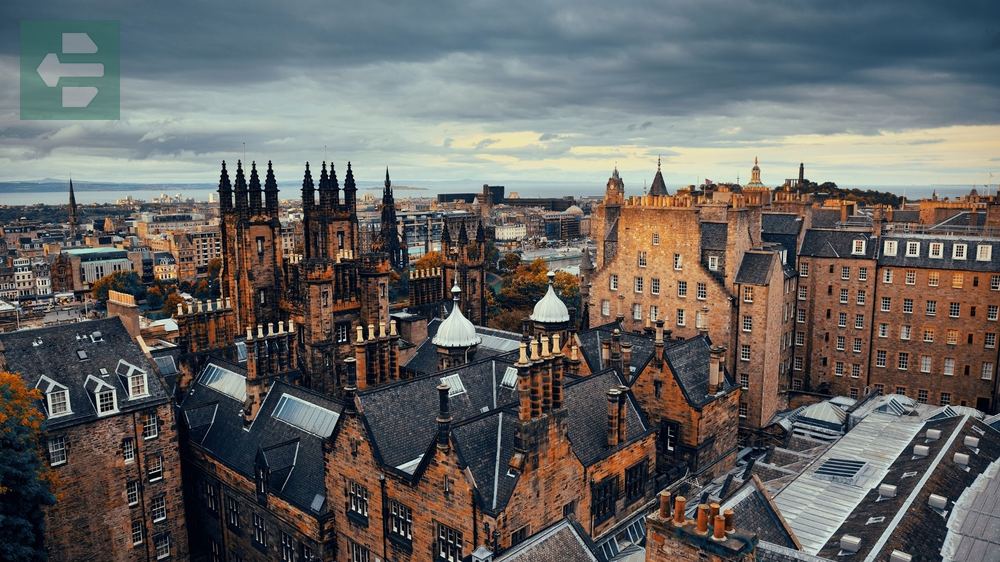
The Royal Mile becomes a pedestrian theater where juggling competes with Shakespeare, and comedy shows spill from pubs onto cobblestones. Book nothing in advance—spontaneity yields the best discoveries.
Arthur's Seat provides perspective on festival chaos below. The 30-minute climb rewards you with views over the city, the Forth estuary, and on clear August days, the Highlands beyond.
Quick Facts:
- Peak season: August (Festival season)
- Access: Edinburgh Airport or train from London (4.5 hours)
- Entry fee: Festival shows £5-50, many free events
- Suggested stay: 3-5 days
- Key spots: Royal Mile, Edinburgh Castle, Arthur's Seat, Grassmarket, Princes Street
12. Faroe Islands: Nordic Summer at Its Peak
The Faroe Islands reveal their dramatic beauty during August's brief but spectacular summer. Eighteen islands connected by tunnels and ferries offer landscapes that seem designed by nature's most ambitious artist.
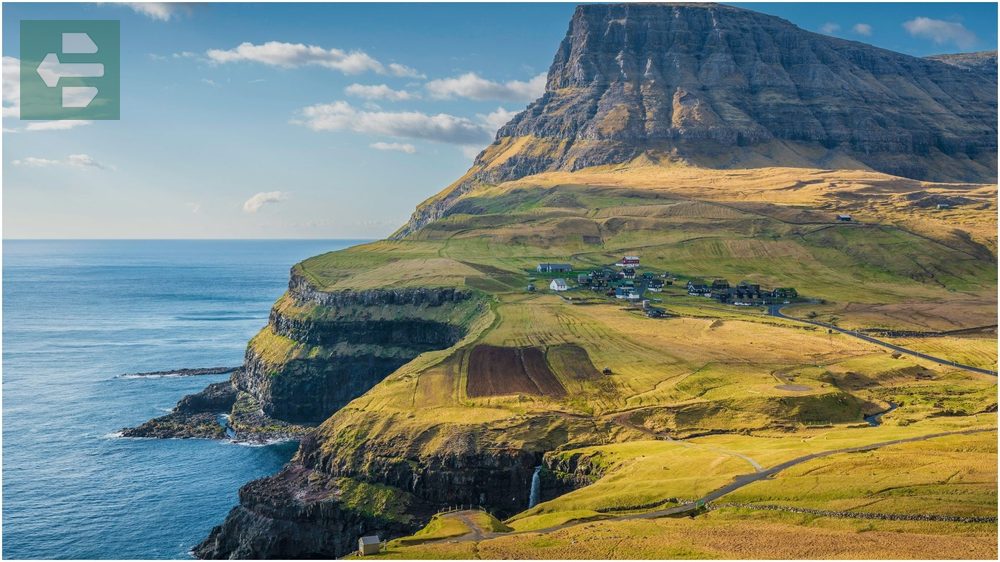
Mykines island requires a helicopter ride or challenging boat journey, but rewards visitors with thousands of puffins nesting on dramatic cliffs. August is the last month to see these charismatic seabirds before they return to sea.
Weather changes rapidly—pack layers even in August. I've experienced four seasons in one afternoon, but that's part of the adventure. The northern light illuminates these islands for nearly 20 hours daily in August.
Quick Facts:
- Peak season: June-August
- Access: Fly via Copenhagen or Reykjavik to Vágar Airport
- Entry fee: Most attractions free, helicopter €85 return to Mykines
- Suggested stay: 4-6 days
- Key spots: Gásadalur waterfall, Mykines puffin colony, Tórshavn, Kallur lighthouse, Sørvágsvatn lake
13. Stavanger: Fjord Gateway and Urban Sophistication
Stavanger combines oil-industry prosperity with preserved wooden architecture and serves as gateway to Preikestolen (Pulpit Rock). August provides the most reliable weather for the challenging hike to Norway's most famous cliff.
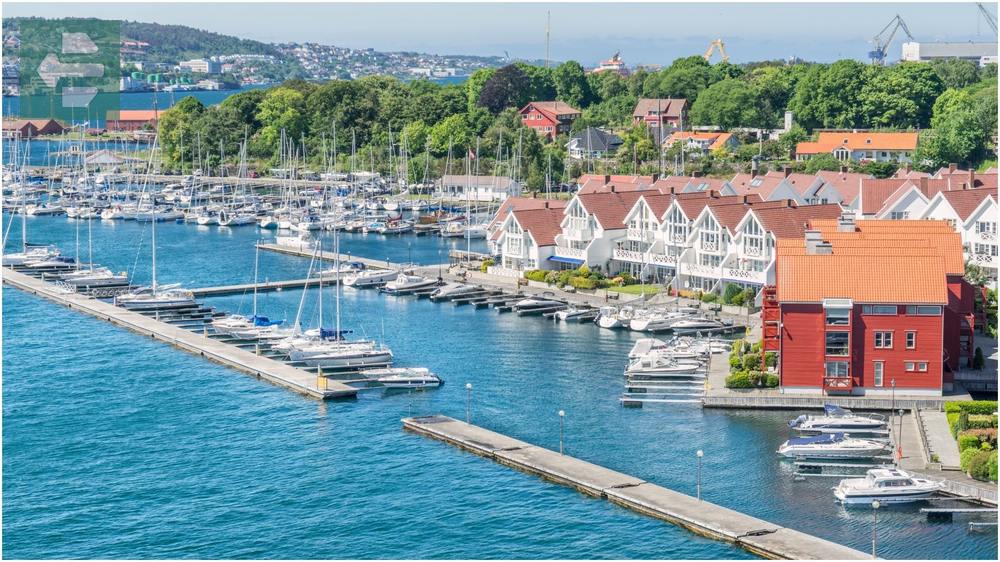
The old town's white wooden houses survived modernization and now house galleries, cafes, and boutiques. Øvre Holmegate (Rainbow Street) adds contemporary color to historic preservation.
Preikestolen requires a 4-hour round-trip hike, but the view justifies every step. The flat-topped cliff extends 604 meters above Lysefjord, creating one of nature's most dramatic observation decks.
Quick Facts:
- Peak season: June-August
- Access: Stavanger Airport, ferry connections to Denmark
- Entry fee: Preikestolen hike free, parking €25/day
- Suggested stay: 3-4 days
- Key spots: Preikestolen, Old Stavanger, Norwegian Petroleum Museum, Lysefjord cruise, Flor og Fjære gardens
14. Budapest: Thermal Capital of Europe
Budapest's thermal springs provide relief from August heat while maintaining the city's reputation as Europe's spa capital. The Széchenyi Baths offer outdoor pools where locals play chess while soaking in mineral-rich waters.
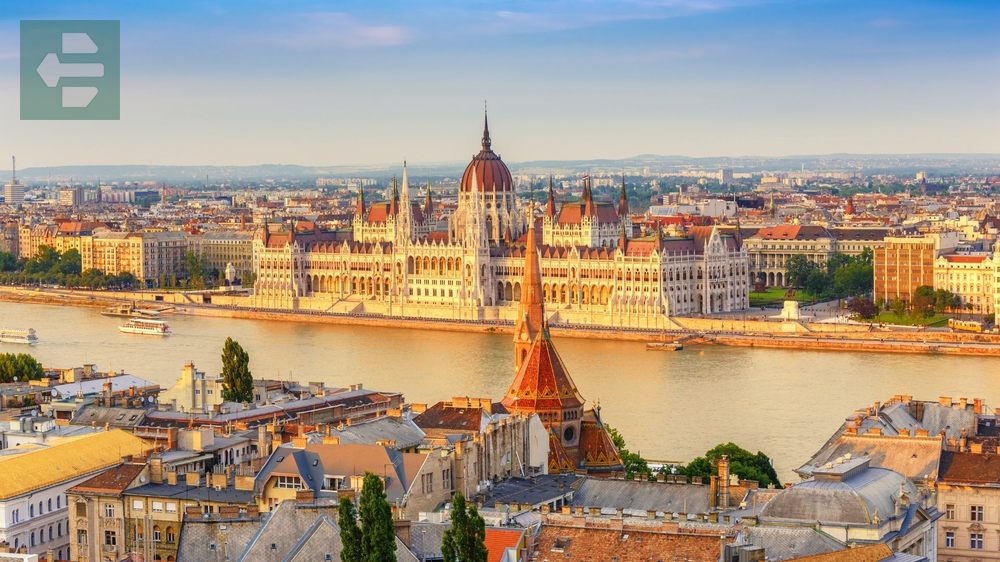
The Danube divides Buda's hills from Pest's plains, creating a city of contrasts best appreciated from Fisherman's Bastion at sunset. The view encompasses Parliament's Gothic spires, the Chain Bridge, and the river reflecting the city's lights.
Ruin pubs occupy abandoned buildings transformed into eclectic drinking establishments. Szimpla Kert pioneered the concept—old bathtubs serve as sinks, bicycles hang from ceilings, and every surface tells a story.
Quick Facts:
- Peak season: May-September
- Access: Budapest Airport, excellent rail connections throughout Europe
- Entry fee: Thermal baths €15-25, most attractions €5-15
- Suggested stay: 3-4 days
- Key spots: Széchenyi Baths, Parliament, Fisherman's Bastion, Chain Bridge, Great Market Hall, Ruin pubs
Your August Adventure Awaits
Europe in August offers endless possibilities for unforgettable experiences. Whether you choose the azure waters of Greek islands, the dramatic fjords of Norway, or the cultural richness of Eastern European cities, the best places to travel in Europe in August provide perfect conditions for exploration.
Pack light, book accommodations early, and prepare for the adventure of a lifetime. August gives you Europe at its finest—long days, warm nights, and memories that will last forever.
The continent waits for you to discover its summer magic.
